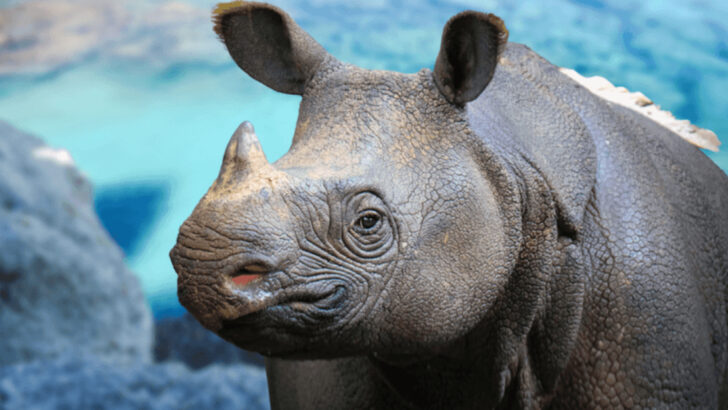They’re disappearing.
Right before our eyes.
Silent, swift, and heartbreaking.
These 13 animals are slipping through the cracks of our world—vanishing into shadows where we can’t reach them.
Some live in forests shrinking every day.
Others swim in waters growing colder and emptier.
All of them face a future that looks more like a memory.
But their beauty, their mystery, their wild spirit—these aren’t just stories to scroll past.
They’re warnings.
Calls to pay attention before the curtain falls for good.
Get ready to meet the wild wonders that may vanish from the planet forever.
Because once they’re gone, they’re gone.
Vaquita
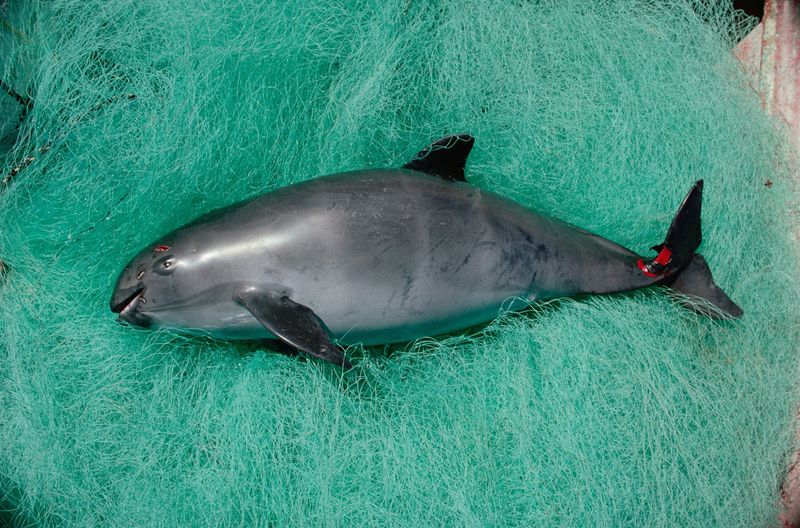
The vaquita, a small porpoise found in the Gulf of California, is teetering on the edge of extinction. Its population has dwindled to less than 10 due to illegal fishing practices. Known for its distinctive facial markings, the vaquita is one of the smallest cetaceans. Despite its elusive nature, it’s often caught in illegal fishing nets targeting another endangered species, the totoaba.
Efforts are underway to save this marine mammal, highlighting the critical need to protect its habitat. Time is of the essence, and the world watches with hope and concern.
Sumatran Rhino
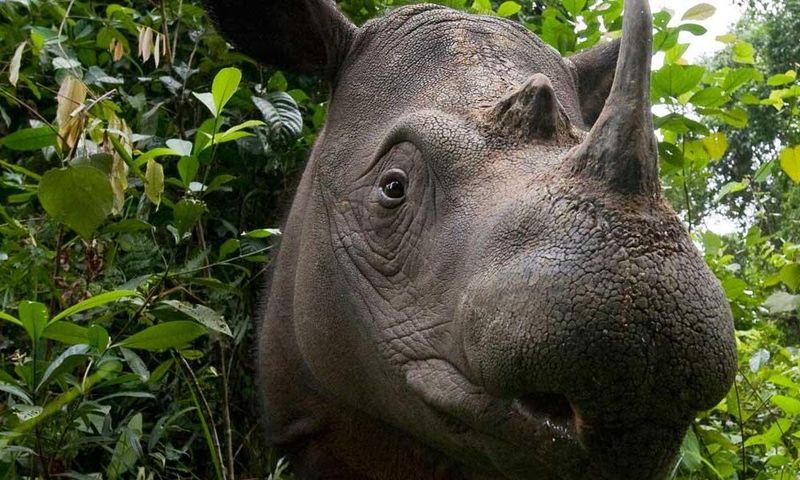
With its shaggy coat and prehistoric appearance, the Sumatran rhino is a unique species facing a dire situation. Smaller than other rhinos, it was once widespread across Southeast Asia. Habitat destruction and poaching have left it critically endangered, with fewer than 80 individuals remaining.
Conservationists are racing against time to preserve its genetic diversity through breeding programs. These efforts offer a glimmer of hope, but the road ahead is fraught with challenges and uncertainty.
Saving the Sumatran rhino is a race against extinction—a race we cannot afford to lose.
Amur Leopard
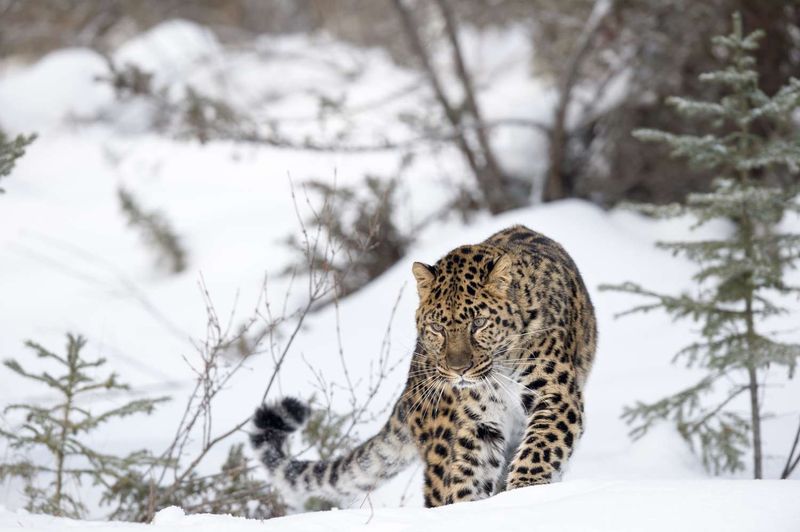
The Amur leopard, with its remarkable spotted coat, is one of the rarest big cats in the world. Found in the forests of the Russian Far East, fewer than 100 individuals remain. Its habitat is threatened by deforestation and human encroachment.
The leopard’s agility and strength are unmatched, yet they struggle against the challenges of their shrinking environment. Conservationists are working tirelessly to protect these majestic creatures and their habitat.
The survival of the Amur leopard symbolizes hope for wildlife preservation in a rapidly changing world.
Hawksbill Turtle

The Hawksbill turtle, an elegant marine creature, is famed for its beautiful shell. Found in tropical coral reefs, it plays a crucial role in maintaining the health of these ecosystems. However, its striking appearance has made it a target for illegal trade.
Pollution, climate change, and habitat destruction further threaten its existence. Conservation efforts focus on protecting nesting sites and reducing bycatch.
As an ambassador for marine conservation, the Hawksbill turtle reminds us of the delicate balance in our oceans and the urgent need to protect these vital habitats.
Javan Rhino

In the remote rainforests of Java, the Javan rhino roams with a population of fewer than 75. This elusive creature is critically endangered, largely due to habitat loss and poaching. With its single horn and rugged appearance, it’s a symbol of resilience and mystery.
Efforts to protect its habitat in Ujung Kulon National Park are ongoing, as every individual counts in the fight for survival. The Javan rhino’s plight highlights the urgent need for habitat preservation.
In its misty home, the Javan rhino remains a ghostly guardian of a vanishing world.
Snow Leopard

The snow leopard, known as the ‘ghost of the mountains,’ roams the high altitudes of Central Asia. With its thick, spotted fur and powerful build, it is perfectly adapted to its harsh environment. However, climate change and human activities are altering its habitat.
Conservationists are working to protect this solitary predator through anti-poaching measures and community education. The snow leopard embodies the rugged beauty and solitude of the mountains it calls home.
Its survival is a testament to the resilience of nature and the importance of preserving our planet’s wild places.
Saola
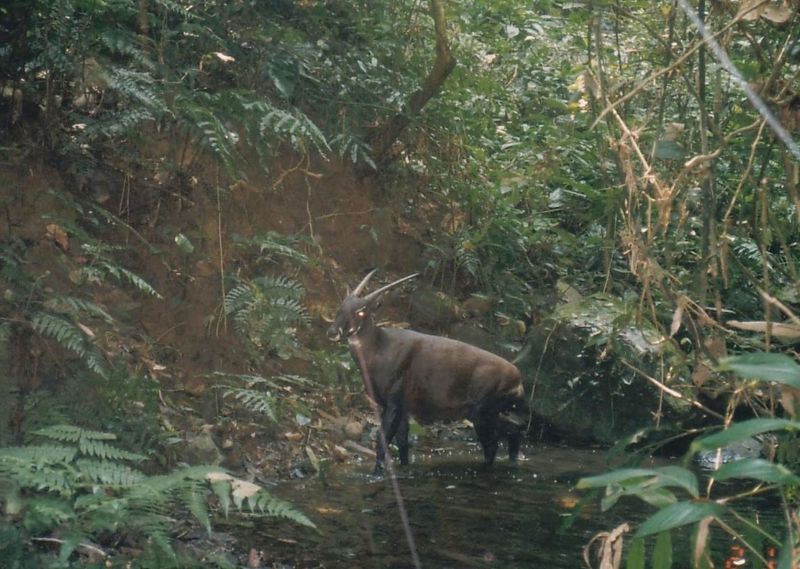
Often called the ‘Asian unicorn,’ the Saola is one of the most elusive mammals on Earth. Discovered in 1992, it dwells in the dense forests of the Annamite Range in Vietnam and Laos. Its long, straight horns and gentle demeanor make it a unique find.
Habitat loss and hunting pose significant threats to its survival. Conservation programs are desperately trying to save this enigma of the forest.
The Saola’s rarity and mysterious nature spark a sense of wonder, reminding us of the undiscovered treasures that nature still holds.
Mountain Gorilla

In the misty Virunga Mountains, the mountain gorilla stands as a symbol of strength and vulnerability. Known for its gentle eyes and formidable presence, it shares 98% of its DNA with humans. Habitat destruction and disease have put it at risk.
Conservationists have made strides in increasing its population through rigorous protection measures. These majestic creatures are ambassadors for their habitat, drawing attention to the need for conservation.
The mountain gorilla’s plight is a poignant reminder of the delicate connections between humans and wildlife in a shared environment.
Yangtze Finless Porpoise

With a playful nature and a permanent smile, the Yangtze finless porpoise is a charming inhabitant of China’s longest river. Its joyful disposition contrasts sharply with its grim fate. Pollution and heavy river traffic have led to its decline.
Efforts to protect its habitat and reduce human impact are critical for its survival. As a sentinel of the Yangtze, it reflects the health of the river itself.
The finless porpoise’s endearing presence and struggle for survival highlight the need to protect our freshwater ecosystems.
Kakapo
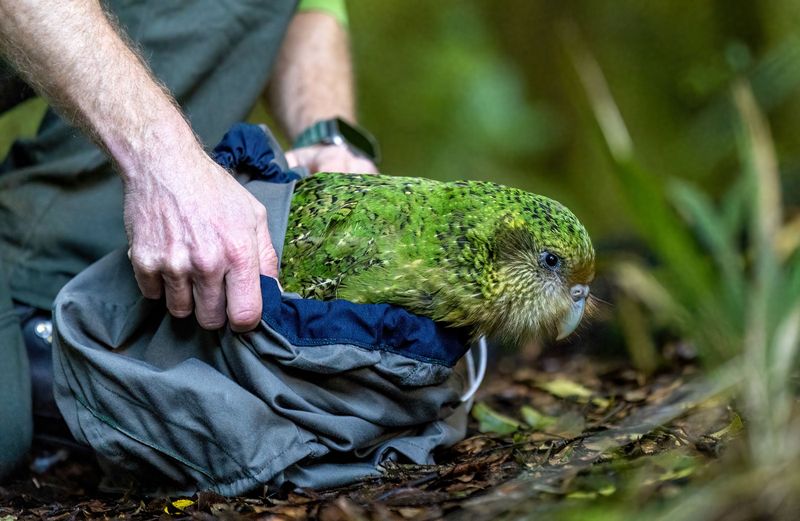
The Kakapo, a nocturnal parrot native to New Zealand, captivates with its vibrant green plumage and endearing personality. As the world’s only flightless parrot, it possesses a unique charm. However, its existence is precarious, with only around 200 individuals left.
Conservationists are dedicated to protecting this quirky bird through breeding programs and predator control. The Kakapo’s story is one of resilience and hope.
Its quirky nature and struggle for survival remind us of the importance of preserving our planet’s unique and irreplaceable species.
Cross River Gorilla
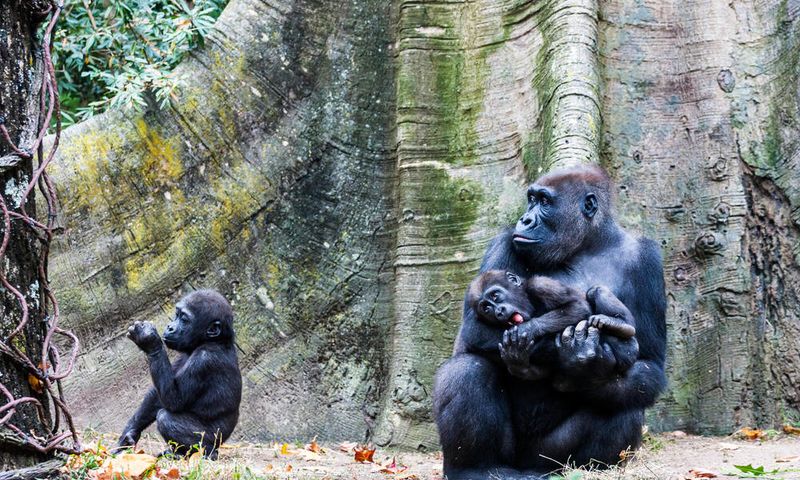
The Cross River gorilla, a subspecies of the western gorilla, resides in the dense forests along the Nigeria-Cameroon border. With fewer than 300 individuals remaining, it is critically endangered due to habitat destruction and poaching.
These gorillas are known for their intelligence and complex social structures. Conservationists are working to protect their habitat and promote awareness.
The Cross River gorilla’s survival is a testament to the resilience of nature and the urgent need for conservation efforts. Its future depends on the actions we take today.
Iberian Lynx
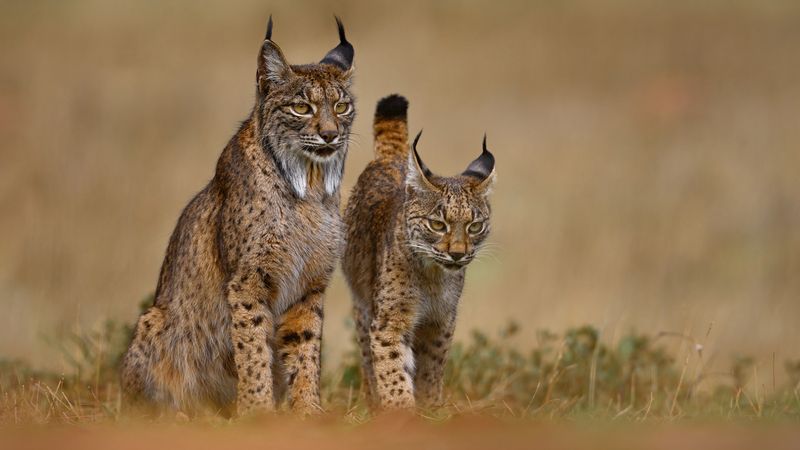
The Iberian lynx, with its tufted ears and distinctive spots, prowls the scrublands of the Iberian Peninsula. Once nearly extinct, conservation efforts have helped increase its numbers to about 400.
Habitat loss and a decrease in prey, primarily rabbits, remain significant threats. Breeding programs and habitat restoration are crucial for its survival.
The Iberian lynx’s tale is one of recovery and hope, showcasing the impact of dedicated conservation efforts. Its presence is a reminder of the delicate balance required to maintain biodiversity in our world.
Spix’s Macaw
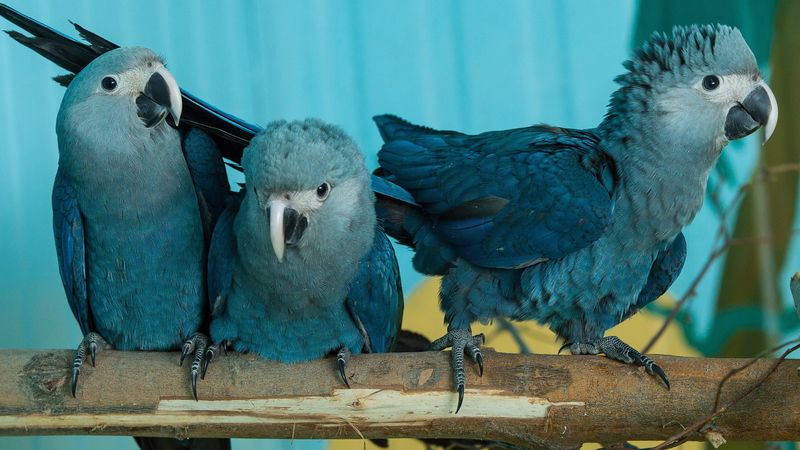
The Spix’s Macaw, immortalized in the animated film “Rio,” is renowned for its striking blue plumage. Native to Brazil, it was declared extinct in the wild in 2000. However, captive breeding programs offer hope for its reintroduction.
Habitat destruction and the illegal pet trade were its main threats. Conservationists are working to restore its habitat in the hopes of one day seeing this bird fly free again.
The Spix’s Macaw symbolizes the triumphs and challenges of wildlife conservation. Its story inspires efforts to protect our planet’s most vulnerable species.

